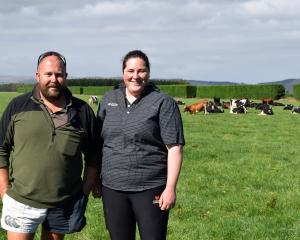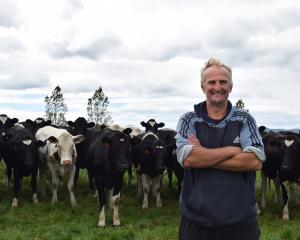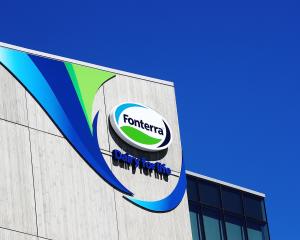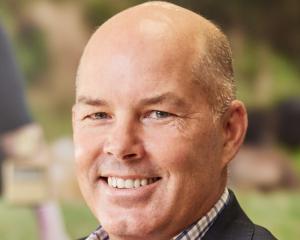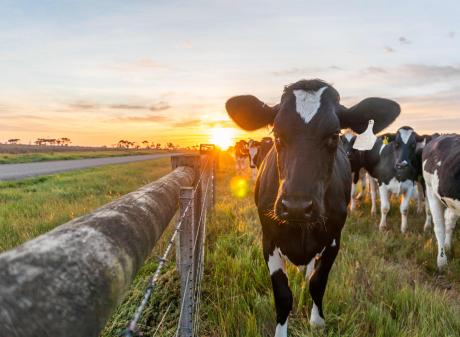
At a DairyNZ event, farmers Tim and Justine McRae showcased the Tru-Test Datamars collars their herd of 500 Holstein Friesian cows began wearing on their 245ha farm in Edendale this season.
For the first time, staff no longer had to detect the cows on heat by eye and then apply a strip of paint to the top of their tails to identify them.
About $7000 of tail paint was traditionally used in a season.
Now the collars were trusted to identify the cows in heat and no tail paint was required.
He never second-guessed the collars, even when he thought they had failed to detect a cow he believed was showing signs of being in heat.
The couple had been working on the farm for 11 seasons.
They contract milked for Mrs McRae’s parents for eight years and had leased the farm for the past three years.

A reason for the change was because beef bulls were expensive, Mr McRae said.
However, artificially inseminating the cows was a ‘‘tedious’’ task, which once required staff to identify and manually draft cows in heat and then tail paint them at an already busy time of year.
New technology was now doing the job.
A Protrack draft system was installed in their 36-rotary milking shed in March last year.
The cows had been wearing the collars since drying off in June.
They soon started providing data to his phone on the cows’ pre-mating heats.
The main reason for investing in the collars was to make mating easier, he said.
Pregnancy scanning results a fortnight ago showed the six-week in-calf rate was 68%, which was 3% lower than last season.
The number of empty cows was up 1% on last season, he said.
‘‘I was a wee bit disappointed with that.’’
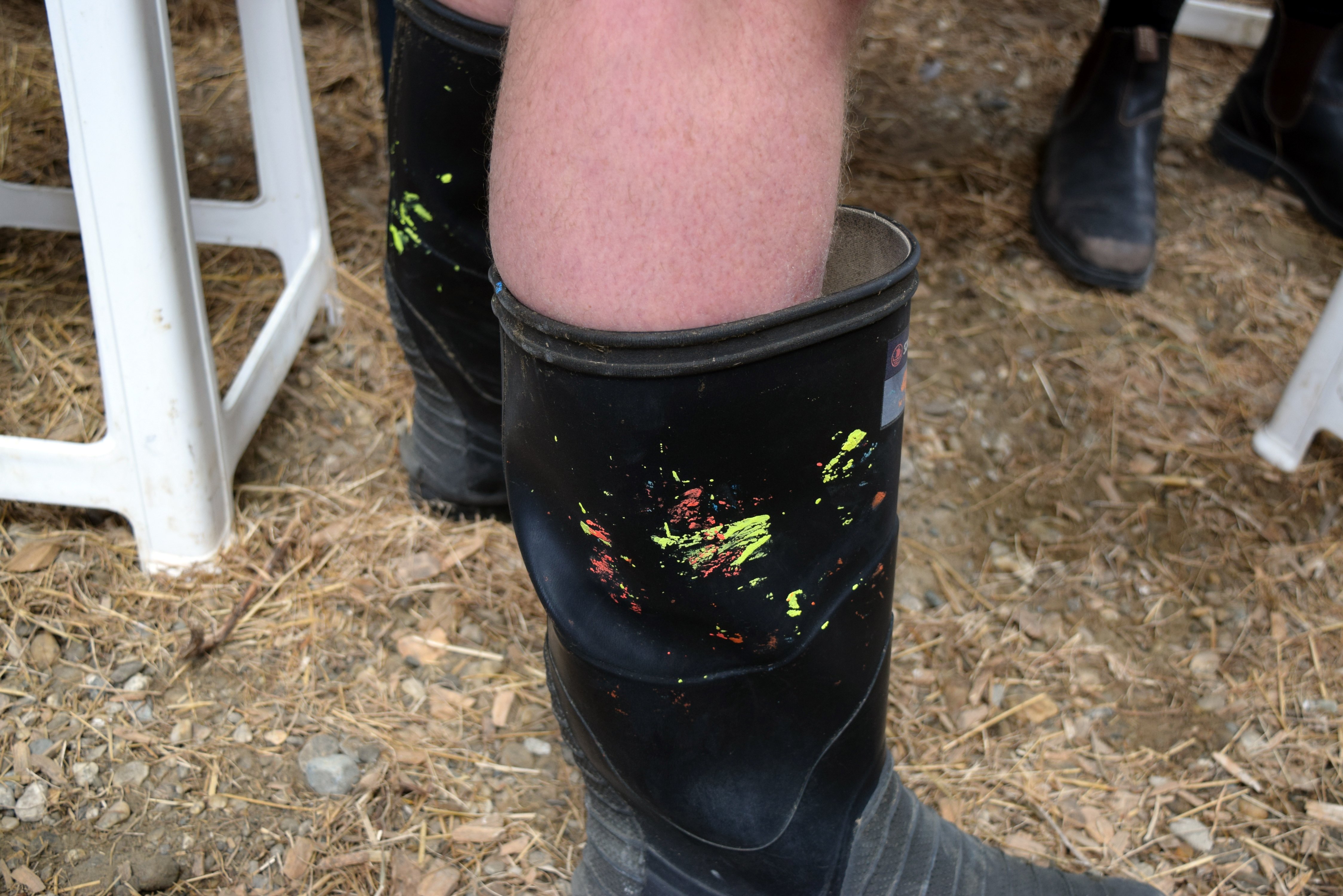
He bought the collars, paying a 25% deposit and making interest-free payments over a two-year term.
‘‘We thought the payout was looking good enough at the time that we could front-load that capital.’’
The drafting and collar infrastructure cost about $190,000.
Ongoing costs were $1000 a year for the collars to integrate with web-based herd management system Minda.
There was also an annual licence fee for Protrack.
The collars worked on the herd in their Redpath winter barn, which was built on the farm in 2018.
A staff member finished up at start of mating.

‘‘I was bloody glad we had the collars on, otherwise it would have been a long 10 weeks in the shed.’’
A worker from Nepal was expected to arrive in a fortnight.
The collars made working on the farm less stressful for staff, which might make it a more appealing workplace, he said.
‘‘It might be another string to our bow that helps attract and retain staff.’’
Alerts from the collars on his herd’s health and rumination had been handy, Mr McRae said.
VetSouth senior vet Joel Hughes, of Gore, said the rumination targets set on the collars were ‘‘loose’’.
He had seen daily rumination rates of cows wearing collars in the South ranging range between 300 minutes to more than 500 minutes.
A farmer could increase the rumination rates of their herd by giving them some straw, but it was not necessarily what the cows needed at that time.
Cows liked consistency and rumination should be constant each day, including the fibre content of the feed given.
‘‘It’s a big learning curve for all of us,’’ Dr Hughes said.
SHAWN.MCAVINUE @alliedpress.co.nz




